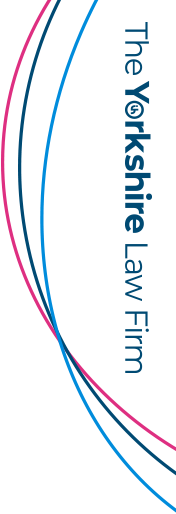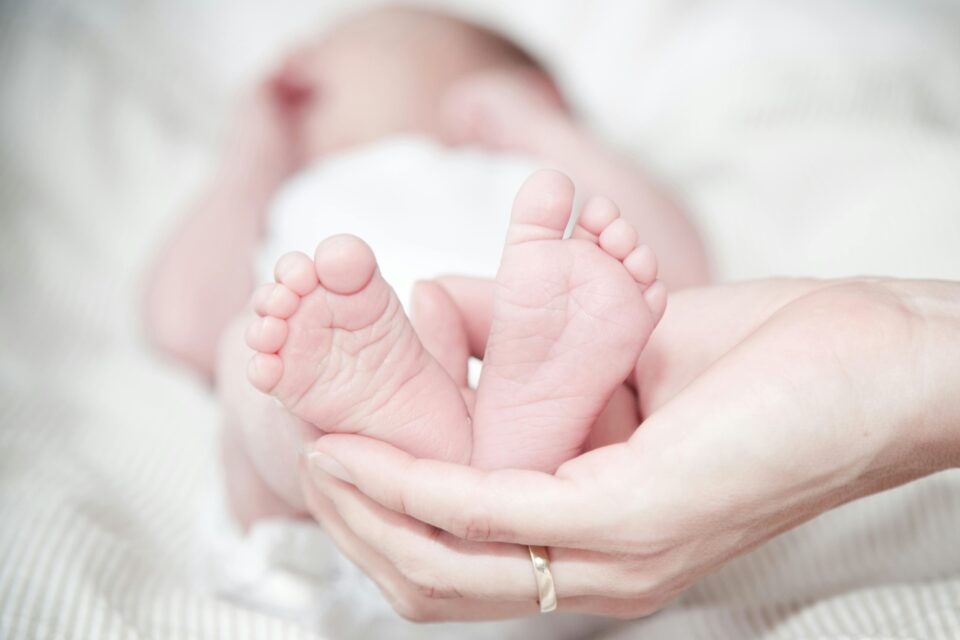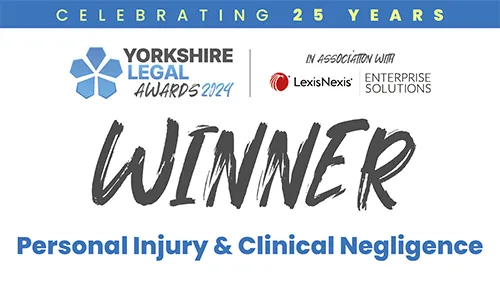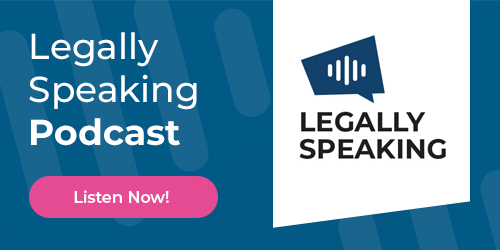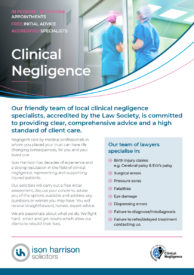What type of injury is sustained through birth, what classes as birth injury?
There are a number of types of birth injury, some are temporary and others are permanent, lasting a lifetime. A few types of birth injury are:
- Birth Trauma
- C-section bowel injuries
- Cerebral Palsy (CP)
- Death of the mother during child birth
- Erb’s Palsy (obstetric brachial plexus injury)
- Failure to manage pre-eclampsia or other infections
- Group B Strep Infection
- Hydrocephalus
- Incorrect suturing (stitching) following a tear, episiotomy or a c-section
- Kernicterus
- Vaginal tear (3rd & 4th degree tears)
- Wrongful birth
How is neonatal brain damage prevented?
Neonatal brain damage is caused by a number of complications and errors during pregnancy, time of delivery, or neonatal period. During each step of pregnancy, childbirth and neonatal period, medical professionals must prevent brain injury through treatment and diagnosis.
Examples of neonatal complications that can cause permanent brain damage in a baby include:
- overventilation and respirator errors
- NICU errors
- kernicterus from mismanaged jaundice
- fetal stroke
- meningitis and poorly managed infection
What are the long-term effects of neonatal brain injury?
The long-term effects of neonatal brain injury vary depending on the extent of the baby’s brain damage. Initial birth injuries and neonatal brain injuries that can lead to long-term effects include:
- fetal oxygen deprivation and hypoxic-ischemic encephalopathy (HIE)
- brain bleeds (intracranial haemorrhages)
- fetal strokes
- neonatal sepsis (infection in the blood)
- jaundice and kernicterus (high bilirubin levels)
- neonatal hypoglycemia
Long-term effects of neonatal brain injury include:
- Epilepsy and seizure disorders
- Cerebral Palsy (CP)
- Motor disorders
- Intellectual/developmental disabilities
What does it mean when the doctor says my baby has a brain injury?
Learning that your child has brain damage can mean different things depending on the type of brain injury, the severity of the damage, and treatment options. Common early diagnoses given to babies with brain damage include:
- hypoxic-ischemic encephalopathy (HIE)
- neonatal encephalopathy
- erebral palsy (CP)
- periventricular leukomalacia (PVL)
Often, brain damage in a new born is caused by a birth injury.
What’s the difference between a birth defect and a birth injury?
Birth injuries are usually caused by a fault during the delivery of the child, whilst birth defects involve harm to a baby that arose prior to birth, before the pregnancy.
What are the most common medical mistakes in birth injury?
- Failure to detect and monitor fetal distress
- Inappropriate administration of medications
- Improper use of birth-assisting tools
- Umbilical cord problems
- Misdiagnosis
- Delayed caesarean sections (C-sections)
How Do I Know My Baby’s Disability is a Natural Defect or a Birth Injury?
Doctors are required to report disability or abnormality to parents before delivery. If you were expecting a healthy baby and the infant was born with a disability, this indicates a misdiagnosis. Failure to diagnose leads to birth injuries that could have been prevented.
Common birth injury compensation claims may due to issues during pregnancy
- Maternal diabetes or gestational diabetes
- Errors in managing pre-eclampsia
- Uterine rupture
- Placental abruption
- Wrongful birth cases, where a mother would have terminated her pregnancy had she known about a birth defect rather than give birth to a child with severe physical or mental disabilities.
Types of birth injury claims we deal with when problems occurred during labour
- Episiotomy – Second or third degree tears
- Forceps delivery or Ventouse delivery
- Perineal tears – third and fourth degree
- Wrongly performed Episiotomies
- Mistakes in surgically suturing tears or an Episiotomy
- Fissures
- Mistakes in caesarean procedures (e.g. damage to organs)
- Retained swabs
- Anaesthetic errors
- Fractures to the skull, legs, arm, shoulder or collarbone of baby
- Cuts and scars to baby
- Cerebral Palsy
- Erb’s Palsy or Brachial Plexus Injuries
Examples of cases where a birth injury claim may be possible because of complications after the birth
- Congenital Hip Dysplasia – This is not initially indicative of negligence, however, if left undiagnosed and untreated it may affect joint health and development
- Stillbirth – Where your baby is born dead after 24 weeks or more
- Infant mortality – If a baby is born alive, but tragically passes away post birth
Can I get legal aid for a birth injury claim?
In some cases you will be able to get Legal Aid where a baby has suffered injury during birth. Legal Aid will only be granted if you use an accredited practice.
Legally Speaking Podcast
Our Director & Head of Clinical Negligence, James Thompson, discusses the sensitive topic of birth injuries and how to bring a birth injury negligence claim.
Listen to our Legally Speaking podcast on birth injuries here:


